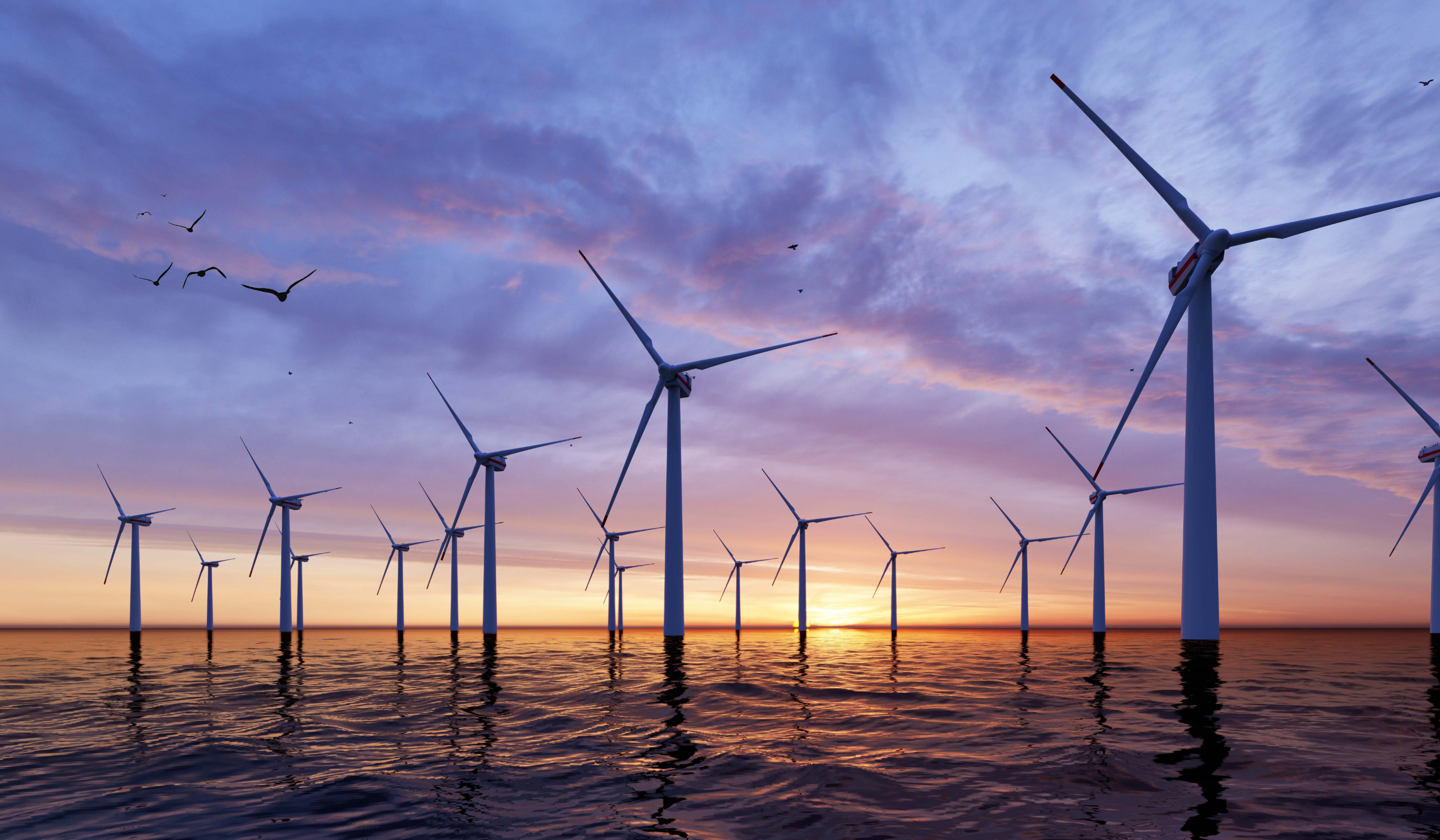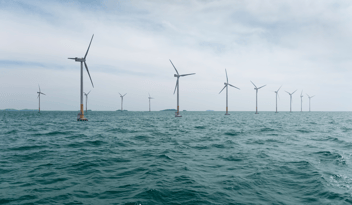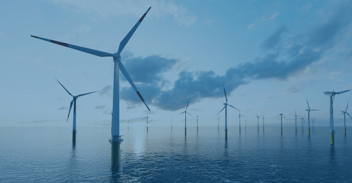
Redefining Offshore Wind Operational Expenditures: A New Maintenance Paradigm
In the dynamic landscape of offshore wind energy, operational expenditure (OPEX) has emerged as a critical concern for industry stakeholders, and for years, K2 Management has closely monitored OPEX as it comes under pressure within the sector. This pressure stems from various factors, including expiring secured tariffs and the overarching goal of reducing Levelized Cost of Energy (LCoE), evident in the upcoming auctions where cost assumptions are poised to shift. .
It's clear that bids in these auctions will likely reflect cost assumptions based on alternative Operations and Maintenance (O&M) strategies, diverging from conventional practices, by the large operators. Notably, these strategies move away from conventional practices, likely hampered initially by uncertainties surrounding ever-newer Wind Turbine Generators (WTGs).
At K2 Management, we continuously advocate for a transformative shift in the maintenance supply chain, encouraging a move towards concepts that are inspired by aviation, shipping, and offshore industries, as well as power plant operations.
OEM independent concepts are used for ships and offshore installations, which are mainly operated and maintained by the rotating crews of the shipowners or operators. For more complex maintenance work, ISPs such as Diesel Marine International, ABB Marine & Ports, plus smaller local service providers and system manufacturers such as B&W, MAN, Wärtsila, etc. are available. Shipyards worldwide are available for mobile offshore installations.
Conventional power plants are particularly well suited to drawing comparisons with large offshore wind farms. Such power plants are operated daily by a permanent crew and minor maintenance and repair work is carried out immediately. Furthermore, these power plants - with their complex subsystems - are subject to coordinated recurring maintenance work (overhauls), which is carried out by various specialized service providers. These include RWE Technology International, EDF Energy Services, Siemens Energy and GE Power. Likewise, turbines are regularly overhauled and modernized by their respective manufacturers (Siemens, Mitsubishi, Doosan Skoda Power). This can also proceed in ring exchanges.
We believe that the transformation of offshore wind is anchored on three core pillars:
1. Daily Technical and Commercial Operation: Where operators maintain their personnel for day-to-day operation and troubleshooting, ensuring a consistent scope of expertise. This includes offshore technicians and direct vessel charter, fostering operational reliability.
2. Maintenance and Repair Campaigns by Independent Service Providers (ISPs): Larger maintenance tasks are supported by ISPs, who leverage their personnel efficiently across multiple customers. Their tasks focus on general maintenance work, optimizing resource allocation and reducing specialized knowledge requirements. With the presence or outlook on very large portfolios some of these scopes shift into the first pillar.
3. Ad Hoc Engineering and Component Replacement by OEMs: For rare tasks such as component replacements, OEMs are best equipped due to their extensive experience across WTG portfolios and large fleets. They offer superior access to heavy lift logistics, parts, and engineering expertise, ensuring efficient and effective maintenance operations.This paradigm shift ensures that expertise is strategically placed where it makes the most impact, optimizing operational efficiency and reducing costs across the board. By embracing these principles, the offshore wind industry can pave the way for a more sustainable and cost-effective future.
In fact, we as an organization are already seeing tangible evidence of these principles being implemented in practice. For example, OEMs - when responsible for the technical integrity of WTGs - are utilizing designated local personnel for day-to-day tasks, independent service providers (ISPs) for simpler repetitive works and are deploying international specialist teams when necessary.
Similarly, offshore Balance of Plant (BoP) maintenance is increasingly being carried out by a growing pool of independent contractors. These contractors are poised to offer alternatives to WTG maintenance once the initial long-term OEM-backed WTG service contracts expire.
And, thirdly, we’re seeing Main Component exchanges remain mainly in the hands of the OEMs. Here they play out to their strengths, with easier access to parts, long term charter of vessels, and high utilization of experienced specialist teams. However, some ISPs now also have the necessary knowledge to replace main components on early generation WTGs.
Projects like BARD One, Butendiek and Global Tech 1 in Germany serve as exemplary cases of the transformation we are seeing in the maintenance supply chain. These projects are transitioning out of high feed-in tariff phases and feature wind turbines no longer manufactured or supported by OEMs. Despite initial challenges as commercial spearhead projects, both wind farms have successfully developed independent maintenance concepts rooted in the aforementioned pillars. These new approaches to operating WTG maintenance independently or with reduced dependence on the OEMs continue to prove reliable and profitable in the adjusted assumptions on performance and costs.
The large utilities have already incorporated these principles on the OWF they have developed, and today maintain shares of various degrees. But, as an offered service, they have secured the operations, maintenance, and asset management control with services and, to some degree, availability guarantees for similar terms to the OEM full-service offerings. However, the uncertainties surrounding the current and last generation of WTG still cause them to be under OEM backed full-service contracts for an initial 5 or more years. However, they are precisely using this time to set themselves up independently.
At K2 Management we have a track record in exploring such alternative O&M strategies together with our customers, and it is important to note that key fundamental decisions are naturally made very early on in the development process. Without the right expertise at hand, alternative, more cost-efficient strategies could be ruled out for the majority of the planned lifetime of an OWF ,or could only be implemented at additional cost. This is especially true for projects that are several years in the future and do not consider the accelerating developments in the O&M supply chain.
Written by Jens Lanwes, Chief Consultant, Asset Management. For more information on how we can support your next project, please reach out:





